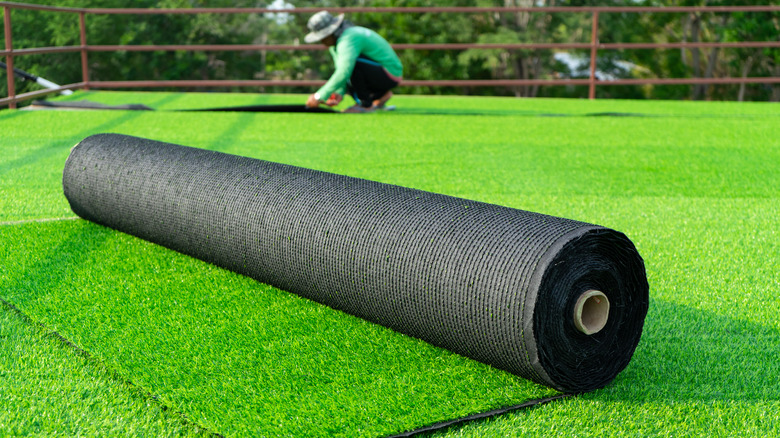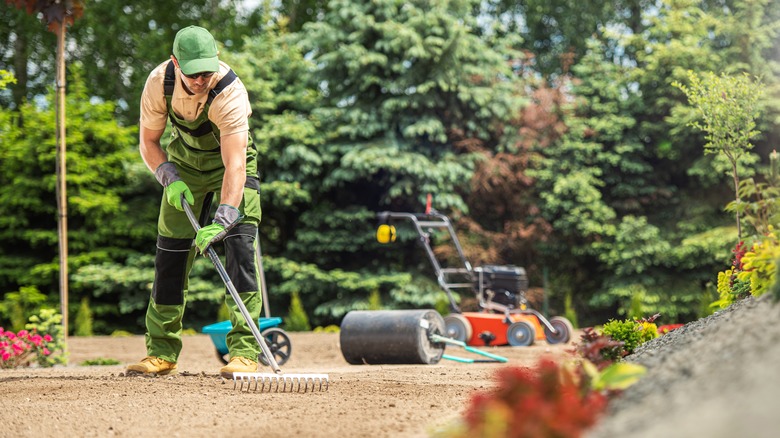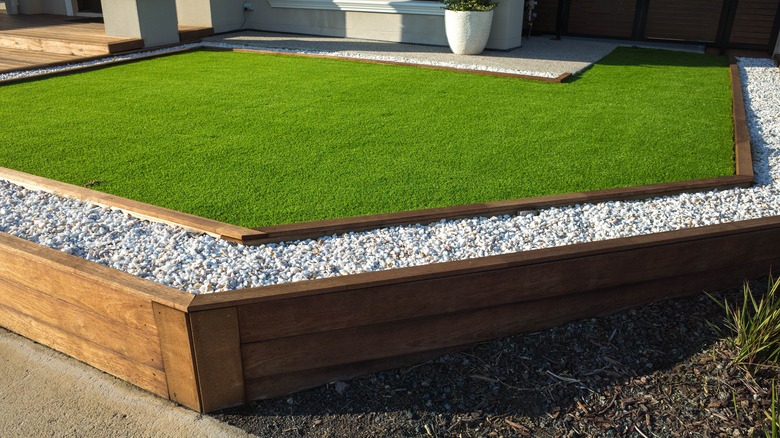The Best Time Of Year To Lay Turf
When you start a landscaping job involving turf, you may wonder when is the best time of year to lay it. Turf can dramatically improve the appearance of your outdoor space. Unlike starting with grass seed, which can take weeks or even months to germinate, turf gives you a lush, green yard right away. Also, the grass is already well-established, with a healthy root system that helps to hold the soil together and prevent it from being washed away by heavy rain or wind. As a result, laying turf can protect your landscape from erosion and maintain the integrity of your garden beds and other landscape features.
Despite these benefits, timing plays a crucial role in the success of your turf and its long-term health. It's essential to avoid laying turf during extreme weather conditions, as these can negatively impact the turf's establishment and growth. This article will discuss the best time of year to lay turf, considering things like climate, soil conditions, and turf type. By understanding these factors, you can make an informed decision and create a thriving lawn that enhances your property's curb appeal.
Optimal seasons for laying turf
The best time to lay turf primarily depends on your region's climate and the specific turf species you plan to install. In general, the best seasons for laying turf are spring and fall. During these periods, the moderate temperatures allow the grass to establish its root system without being subjected to extreme heat or cold. Furthermore, rainfall is typically more abundant in spring and fall, providing the necessary moisture for the turf to take root and grow.
Also, during spring, the soil is warming up after winter, promoting healthy root growth. The longer daylight hours and increased sunlight also contribute to faster germination and establishment. In fall, the soil is still warm from the summer months, and the cooler temperatures help reduce evaporation, ensuring that the turf has sufficient moisture to grow. Laying turf in the fall also allows the grass to develop a robust root system before winter, enabling it to withstand harsher conditions.
Laying turf in the height of summer can expose the grass to scorching temperatures, causing it to dry out and potentially die before it has the chance to establish. Additionally, the hot weather may require more frequent watering, which can be both time-consuming and costly. Winter can also be challenging, especially in regions where the ground freezes or experiences heavy snowfall. The cold temperatures can slow down the turf's root development, and if you live in an area where it snows, the turf may be covered for an extended period, limiting its access to sunlight and hindering its growth.
Understanding turf type and soil conditions
When determining the best time of year to lay turf, it's essential to consider the specific type of grass you're installing and the soil conditions in your area. Different turf species have varying preferences for temperature and moisture, so choosing a grass well-suited to your region's climate is crucial. For example, some grasses, such as fescue and bluegrass, can withstand colder winters and more extreme temperature changes, though they still do best in moderate weather, making spring and fall the best times to lay it. On the other hand, grasses, such as buffalo and St. Augustine, prefer hot temperatures and should be laid in late spring or early summer when the soil is warm.
Additionally, it's important to assess the soil conditions in your area before laying turf. Ideally, the soil should be rich in organic matter to promote healthy root growth. If your soil is heavy in clay or sand, you may need to amend it with compost or other organic materials to improve its structure and fertility before laying turf. To ensure healthy turf, you should also consider proper drainage. You can incorporate sand and small stones to improve drainage if the soil contains a lot of clay. This allows water to drain from the surface, preventing a waterlogged lawn and ensuring the roots can access water and nutrients.


